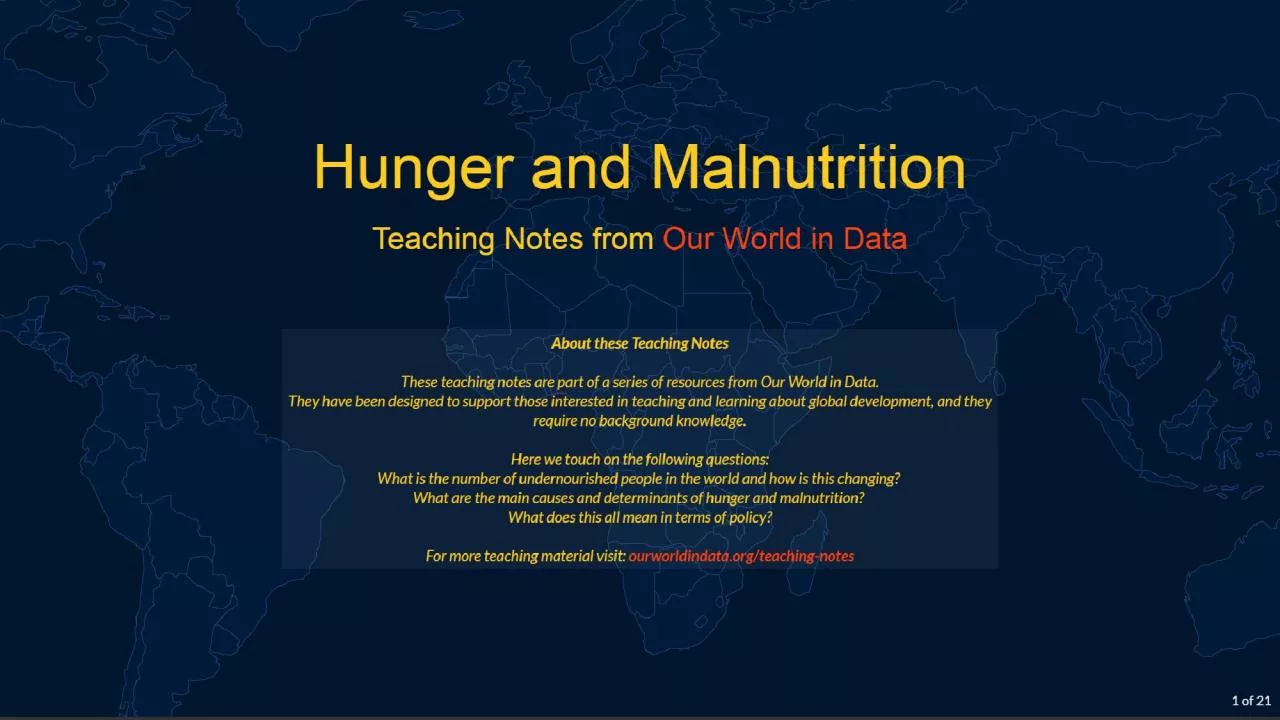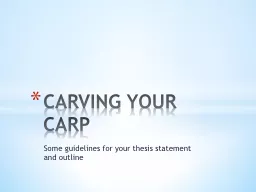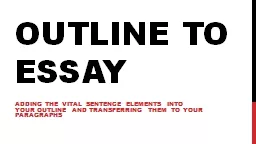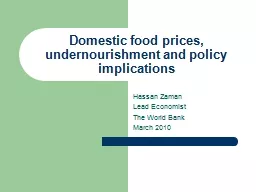PPT-Outline Undernourishment is an important challenge
Author : holly | Published Date : 2022-06-15
Undernourishment has important consequences Undernourishment is not the result of a world without enough food Permanently ending hunger requires more than a oneoff
Presentation Embed Code
Download Presentation
Download Presentation The PPT/PDF document "Outline Undernourishment is an importan..." is the property of its rightful owner. Permission is granted to download and print the materials on this website for personal, non-commercial use only, and to display it on your personal computer provided you do not modify the materials and that you retain all copyright notices contained in the materials. By downloading content from our website, you accept the terms of this agreement.
Outline Undernourishment is an important challenge: Transcript
Download Rules Of Document
"Outline Undernourishment is an important challenge"The content belongs to its owner. You may download and print it for personal use, without modification, and keep all copyright notices. By downloading, you agree to these terms.
Related Documents














